Amazon Unique Selling Points: A Comprehensive Guide to Create one For your Products
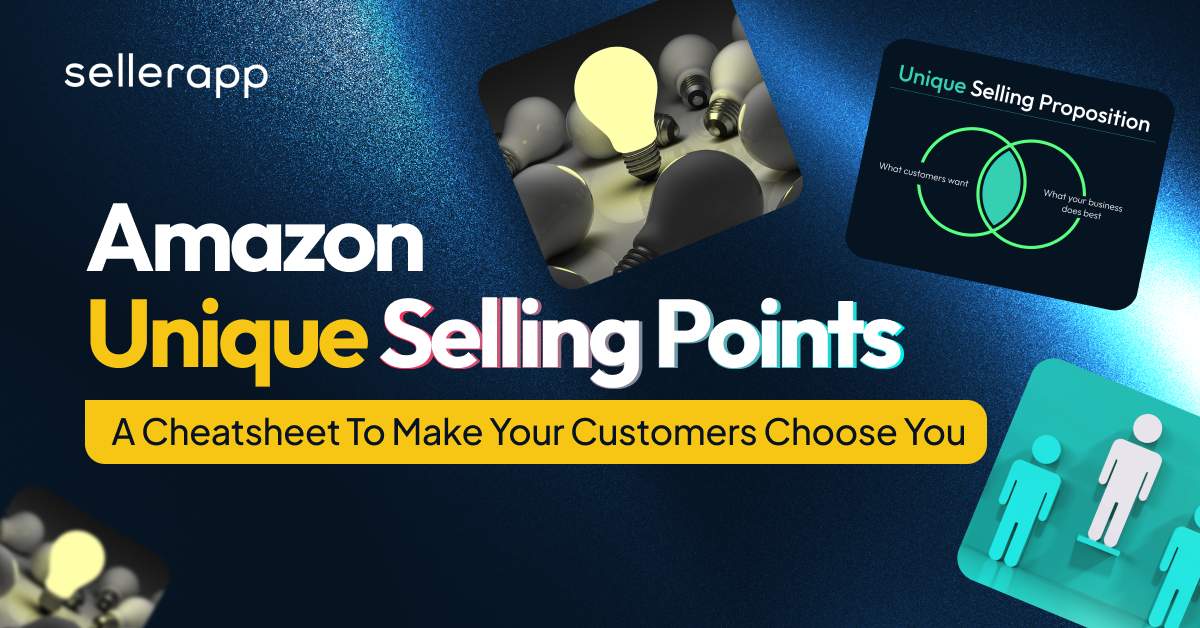
Being present on the Amazon marketplace is not enough; the key is to be outstanding. Amazon Unique Selling Points (USP) is the way to put your best foot forward.
Amazon Unique Selling Points (USP) of a product bring the attention of people to what makes it stand out. So when you introduce your product to your ideal audience on Amazon, you include a well-crafted Unique Selling Point in your Amazon Listings so that it leaves a lasting impression on our ideal customers.
In this blog, we’ll take you through understanding the details of Amazon Unique Selling Points, why it matters to sellers (like you), how it differs from similar aspects like Value proposition, and how to compare USP with a competitor’s product.
But most importantly, we’ll help you develop an approach to create USP for your products and show how some prominent brands on Amazon came up with their USPs.
Quick Guide
- What is a USP or Amazon Unique Selling Point?
- What is the difference between a USP and a value proposition?
- Why do USPs matter for Amazon sellers?
- How do I identify the Amazon Unique Selling Points of my competitors?
- How can you create USPs for your product on Amazon?
- Some prominent brands have cleverly implemented Amazons Unique Selling Points
- Final thoughts
What is a USP or Amazon Unique Selling Point?
A USP or Unique Selling Point is one or more unique aspects of your product that help it set itself apart in a marketplace. It typically emphasizes what distinct feature your product should be known for and why customers should choose you over the rest. It can be unbeatable pricing, eye-catching or functional packaging, relatable brand philosophy, or never-seen-before features.
It brings your product to the spotlight highlighting the ‘U’ (YOU) in USP; whatever unique you bring to the table through your product to appeal to your target audience.
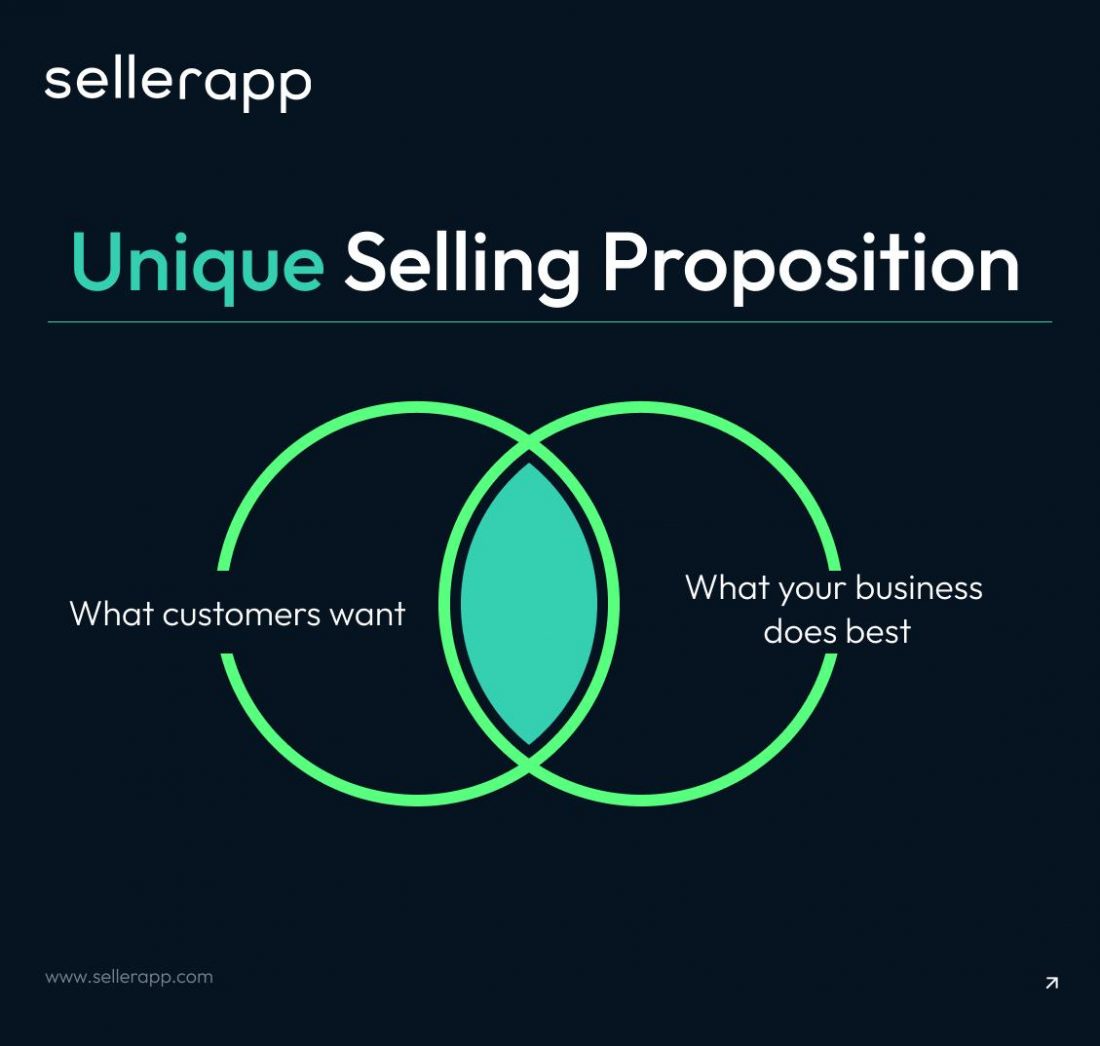
There are several conditions that a USP needs to meet:
- Simplicity: A statement that hits the right chord has to be simple but is far from general. The key word here is “impact”. Qualities that are easy to perceive or connect with and yet sound impactful stand out of the crowd as a USP. For that, it is important to have a clear view of the consumer’s untapped requirements.
AirBnB says “Belong anywhere.” in their tagline.
Travelers often feel a deep craving for belongingness when they pursue their adventure. AirBnB with this tagline satiates that side with an assurance of comfort and accompaniment while they are miles away from home. This tagline is super simple, effective, and hits home in just two words!
- Targeted and specific: Unless it appeals to people, a USP will not be considered purposeful. Being vague has no place when crafting a USP. So saying something like “our mug is the only mug that you need” is not sufficient; instead, you can use “our mug is unbreakable”. That will explain why they should only want mugs from your brand and why it is better than the rest in the market.
- Reasoning: Make your USP convincing. Why should you think the audience should believe when you market it as unbreakable? Try placing it as “our polycarbonate mugs are fall resistant”. It not only helps them picture the mug falling and not breaking but it clearly states why it is unbreakable.
- Value addition: You may innovate to your heart’s content, but make it something that your customers value. Your product must fill a gap— either a gap that they are aware of or a gap that they themselves have never realized exists. A polycarbonate mug may be unbreakable, but a vacuum cup is spill-resistant. When you make a hybrid of both, it brings together the best of both worlds and that makes your product absolutely bulletproof.
So as an Amazon seller, you may have wondered, “Can I have multiple USPs for a single product?”. To streamline its messaging brands traditionally focus on a single USP to maintain clarity and avoid confusion.
However, there are situations where multiple USPs are beneficial. They are:
- When one product is catered to multiple target audiences, the product is meant to have several different layers of USP. A classic example would be a new smartphone in the market.
To address the needs of one section of the audience, it may highlight the camera quality, while for others, the premium finish or the display may be the catch.
- Products with several standout features to emphasize its multidimentionality.
- Multiple USPs are possible depending on the changing scenario. For example, a mattress may have multiple USPs when the product highlights its cooling features during summer and heating effects in winter; on top of that, if it is foldable it is essential to add its easy mobility to stay true to product innovation.
This stands very close to multidimensionality yet differs from it by an inch.
- When marketers are applying cross-promotion strategies, they may highlight separate features of one product in different campaigns across different channels to boost engagement. Sounds complicated? But it’s not. Let us explain.
Say you launch a more economical duplicate of the Stanley Cup. You may highlight its aesthetic similarity with the viral Stanley Cup on Instagram campaigns, but for email marketing strategies you may want to talk about its utility and how this multi-layered cup can retain the temperature of your drinks for more than 12 hours straight.
Another example would be JBL promoting its portable GO 3 ECO with three main USPs as shown in the picture below.
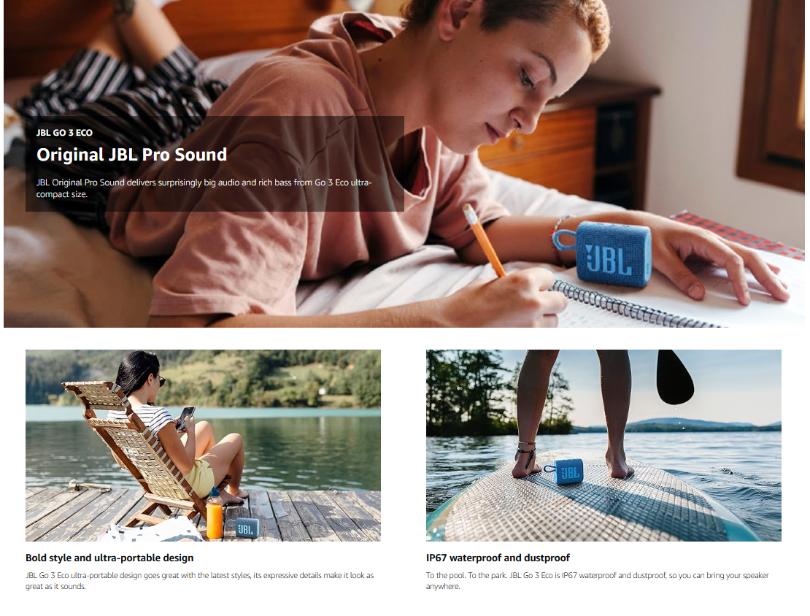
What is the difference between a USP and a value proposition?
USP and value proposition can come across as overlapping concepts; in this segment, we will elaborate on how USP is different from value proposition.
The concept of value proposition is broader in nature covering all the beneficial aspects of a product— focusing on all the reasons for a customer to pick it. Unlike USP, it goes beyond the uniqueness of the product and includes the overall value addition. This may include aspects regarding product quality, utility, interaction, and customer service.
Additional read: Top Ways for Increasing Customer Lifetime Value on Amazon
Note: A USP can consider singular or multiple aspects of a product’s value proposition. However, it cannot be used interchangeably. The value proposition of competitors may overlap but USPs cannot be similar
| Factors | Unique Selling Proposition (USP) | Value Proposition |
|---|---|---|
| Definition | What makes a product stand out among a sea of competitors? | In what ways does the product add value to the customer’s life? |
| Focus | Usually singular, unidirectional, and specific unless the product is multifaceted. | The overall list of benefits including pre and post-purchase experience. |
| Purpose | Impact and differentiating factor. | To convey the values, benefits, experience, and impact. |
| Scope | Narrow (the shorter, the better) | Broad (the longer the list the better) |
| Length | Mostly short and simple. | Detailed. |
For example,
USP for Cerave would be this.
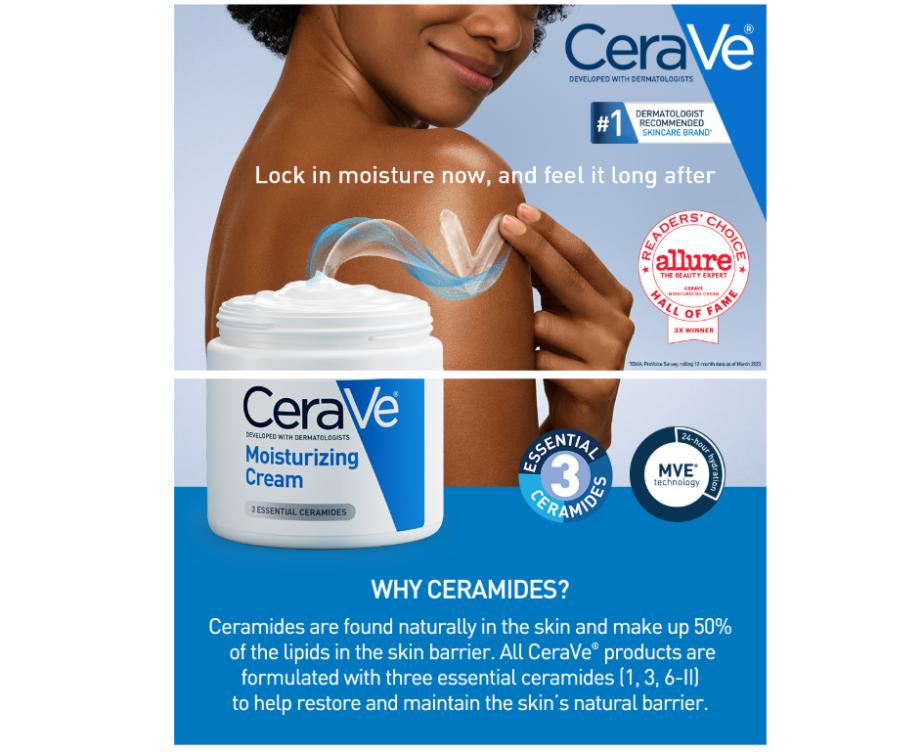
As for the value proposition, it would look like this:
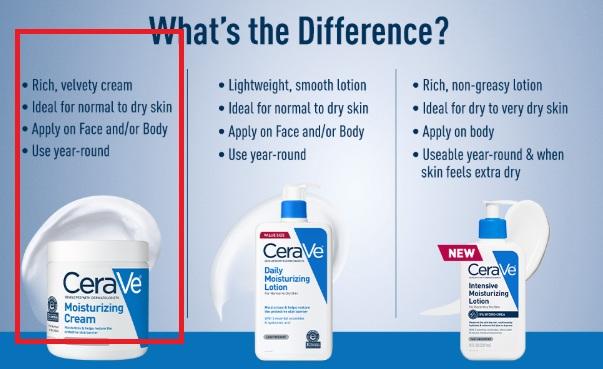
Why USPs matter for Amazon sellers?
Amazon’s platform has over 353 million products listed, where several thousands of brands fight for visibility in a single category.
These brands often end up having overlapping value propositions trying to encapsulate the qualities of the best products in the market and adding more value to them. When the competition rises each of these products incorporates the best qualities and thus products start looking almost identical.
This situation often makes people wonder which one to choose.
Brands can either succumb to this overcrowding or develop their own USP to make themselves appealing. It relieves customers from being overwhelmed by choices and meets them halfway through by putting themselves forward. It acts like a smoke signal for customers to help them reach their ideal products.
Now let’s get into how sellers can benefit from having a set USP for their products.
- Amazon Unique Selling Points help you stand out among the search results
A strong USP makes a statement helping a product stand out and get favored by Amazon’s search algorithm. It can be cleverly included within product titles, bullet points, A+ content, and descriptions. As a result, when customers search for a similar category, Amazon may (organically) push it to them. Ultimately, USPs can influence Amazon’s discoverability to a certain extent.
- Amazon Unique Selling Points influence customer’s decision-making
Customers often face decision fatigue when they come across multiple options under the same category and they struggle to make a choice.
When the USP is impact-heavy, customers are quick to reach out for it, without looking left and right. It simplifies their decision-making, doing both sellers and buyers a favor.
The quick assessment of unique properties through the USP messaging makes buyers feel more confident regarding their purchase decisions. Whereas, for sellers, this leads to high conversion rates.
- Play the right game with Amazon Unique Selling Points to justify premium prices
Amazon’s marketplace is fiercely competitive. While sellers are decreasing their prices to gain customers’ favor, there is no way they are going to pay a higher price unless you let them justify the price for you.
As a seller, you can strategize numerous ways of increasing your products’ perceived value. When customers realize the weightage of value offered by a product, they’re already convinced to pay the asked price. Thus they’ll reach out to it irrespective of a higher cost.
This specifically holds true in the case of a premium product. It keeps sellers in a place to demand higher prices, enhancing their profit percentage as a result.
- Effective marketing across different channels
USP is considered to be a foundational step upon which multichannel marketing strategies are built. Once a solid USP is established for a brand, crafting marketing strategies for social media ads, email marketing, or content marketing strategies, becomes easy and the messages across all these channels can remain in sync with each other. This is how it becomes easier for customers to recognize the brand and resonate with it.
- Cross selling opportunities with Amazon Unique Selling Points
The correct use of Unique Selling Point of Amazon can bring forward multiple cross-selling opportunities. When you highlight the special features of your product, it can present to you the scope to recommend related items.
For example, a brand is selling cameras and camera equipment.
Only by highlighting professional camera features such as low-light performance and high-speed autofocus, the brand can emphasize promoting associated gadgets (like a tripod and high-quality lenses) which will be an immediate requirement for photography enthusiasts.
Once you get the USP correct, you can add channels to your business to support your cross-selling strategies.
How do I identify the Amazon Unique Selling Points of my competitors?
Competitor analysis is the preliminary step for understanding the gaps in the market and making your product’s positioning more prominent in the market. It helps you refine the product that you offer and ultimately curate unique marketing strategies to cater to the customer better and increase its discoverability in a competitive marketplace like Amazon’s.
Identifying the Amazon Unique Selling Points (USPs) of your competitors on Amazon is paramount for gaining a competitive edge in the marketplace. Here’s a detailed approach to effectively analyze and uncover the USPs of your competitors:
1. Conduct keyword research for Amazon Unique Selling Points
Firstly to understand your biggest competitors, do a short-tail keyword search (which is not longer than 2 words). This will tell you about all the big fish there are to tackle. In this case, keep a keen eye on both organic and sponsored products to assess what captures customers’ interest.
Now among this pool of products, analyze the keywords in their listings (included within product titles, bullet points, and descriptions).
You can manually search for the words and phrases they’ve used to describe their unique features. In addition to that, keyword extraction tools such as SellerApp’s reverse ASIN tool can help you dig for keywords. You can use these keywords to highlight your USP, enhance organic ranking, and match your target customers’ intent. These keywords can also help you run targeted PPC ad campaigns.
2. Evaluate product listings and descriptions
You can deep dive into the product listings of the competitors to analyze their listing quality and take notes to incorporate and emphasize your USP in a similar manner. For example, if you find them emphasizing their Amazon Unique Selling Points in their A + content or images, try to emulate that.
This is because if they are gaining people’s preference, it means that people (your target customers are responding to their strategies). This gives you a tried and tested blueprint to capture attention from your customers; so repeat the same after identifying your USPs.
3. Review feedback on Amazon Unique Selling Points
Sieving through the Q&A section of your competitors’ product listings will tell you about the gaps in their product offerings. Upon further inspection of the customer reviews, you’ll find a common theme of feedback, which will give you a clear picture of where the product is lacking. You can use this as a shortcut to success as it clearly identifies the areas where you can bring in innovation and win over the marketplace. It can also be your key Amazon Unique Selling Points to grab attention.
4. Scrutinize competitors’ advertising strategy
Carefully investigate your competitors’ advertising strategies— the way they position their keywords in ads can give you a hint of their USP.
Now when you have a better understanding of their marketing approach, you can identify potential gaps in the market. Now when your strategy revolves around addressing these gaps, you can easily take over the section of consumers valuing those aspects. It tells you what your competitors are promising and what differentiation strategy you can offer the customers.
This can give you a better understanding of competing ASINS and the potential scopes to make your mark in the Amazon marketplace.
How can you create USPs for your product on Amazon?
If you are well aware of what you offer, we promise it won’t be difficult to create Amazon Unique Selling Points. Let us take you through the process:
- Know the market in depth
To bring something unique to the market, it’s an open secret that you need to know the market inside and out. Is your product speaking to the ideal customers? But how can you figure out what they best respond to? In this case, the sneakier you are, the better.
Keep an eye on what customers are talking about your competitor products and correlate them with the USP they come with.
These two aspects are the biggest takeaways of what pain points you can address and where your product fits into the market. As soon as you understand that, it will be fairly simple to introduce (or reintroduce) your product into the market. SellerApp will make your competitor research for Amazon marketplace easier with its product intelligence feature.
It will give you a comprehensive idea about where they stand in terms of BSR, organic ranking, converting keywords, estimated sales and revenue per day, etc. Of course, one is not enough, so you can compare several competitor products in bulk at the same time.
- Identify your product’s unique features
Have a clear differentiation of your product in comparison with the other established products in the market. Consider aspects like quality, design, usability, and performance. Deep dive into what problem it solves. At times your journey becomes the story that inspired you to develop the product.
If it’s a niche product try to explain in what ways it contributes to the users’ lifestyle. Whereas, if it is a generic product, mention how it stands out. Tap into the core values of the company and boast about it to gather attention from people who are sentimentally engaged with it. Think beyond features and deeper into value.
- Craft a compelling USP content
Keep conciseness in mind, and approach creating USP by keeping it easy and understandable. Hence, one-liners are mostly preferred to convey the message. For example, ‘Our high-performance sportswear moves with every twist and turn’ is so much more effective than ‘Our high-performance ergonomic athleisure is best in the market.
This is because the first one stresses the functionality and performance of sportswear and in simplified language. Once you express clearly how it is involved in customers’ daily lives, they not only visualize it better but are more likely to reach out for it. This is because customers are more interested in a product’s benefits or interesting background rather than simply reading its features.
A well-framed USP focuses on utility over product features. So directly tap into their desires and avoid beating around the bush.
- Include the USP in Amazon product listings
Making your USP visible is as important as developing a perfect USP. Start with cleverly incorporating the USP into the product title so that it fits effortlessly into it. This can enhance discoverability and promote quick interaction with your product. You can use the USPs among bullet points of product description and A+ content to elaborate the USPs for sharing a better understanding of the product, like what it offers, how it can be used, and beyond.
You can leverage high-quality photos and videos for engaging the visually communicating the USP and associated product highlights. Lifestyle images are an excellent source of implanting ideas into customer’s minds. This can result in greater impact almost compelling them to add it to the cart.
Some prominent brands have cleverly implemented Amazon’s Unique Selling Points
We will now take a look at some of the ways these successful brands have implemented the Amazon Unique Selling Points.
Ethique
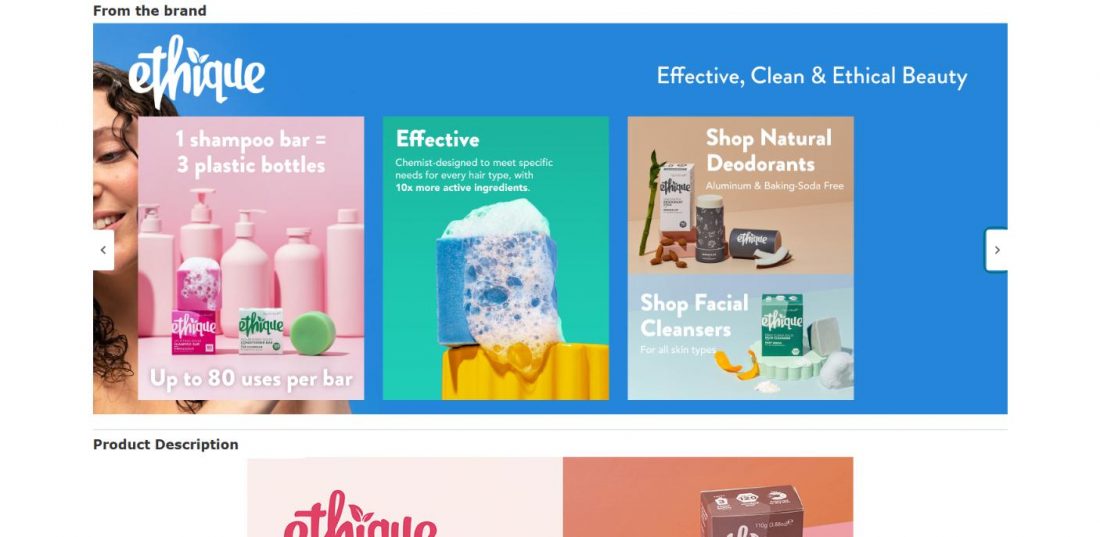
Here’s a fantastic example of how the organic skincare brand has stepped up its game using multiple USPs. they offer unique products like shampoo bars, face wash bars, and deodorant bars— which are unlikely to be seen/heard. But they put themselves forward as more than just a brand with unique product consistencies;
- They send a straightforward message of ecoconsciousness with their Amazon User Selling Point “1 shampoo bar= 3 plastic bottles”, which not only means it is more economical but goes beyond to remove plastic in everyday lives (promoting sustainability).
- The functionality of an Ethique product resonates in “up to 80 uses per bar”.
- The products are known for having 10x more active ingredients.
And we already have 4 functional USPs documented effortlessly gathering 4 different types of ideal customer profiles. It has successfully positioned itself as a practical, and environmentally sustainable brand making it a compelling choice for a broader ICP (ideal customer profile).
Optimum Nutrition
Optimum Nutrition is a health and supplement brand that caters to the gym and fitness community with a wide variety of protein powder, pre-workouts, and others. What makes it stand out from the rest is its emphasis on the Gold Standard 100% Whey Protein Powder ingredient and muscle recovery as an effect of its consumption.
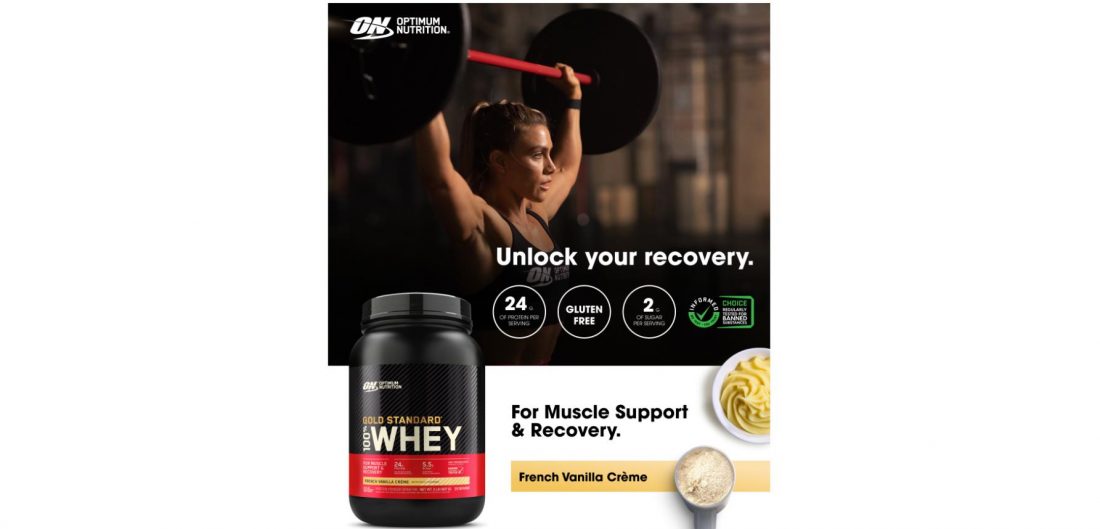
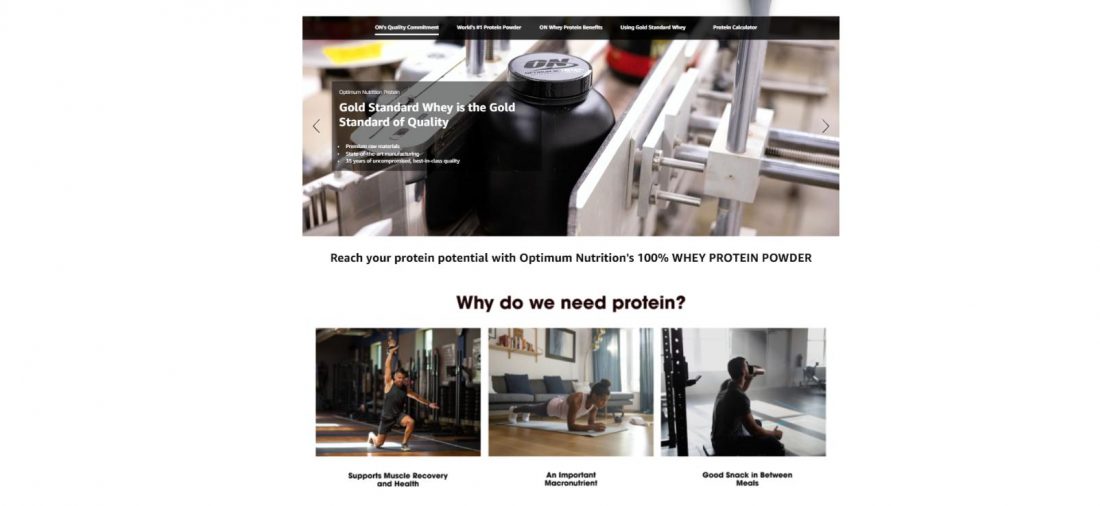

Throughout the A+ content and the product description, you can find these keywords scattered as Amazon User Selling Points. It is direct and to the point and very targeted towards the ICP. they mention among the content that it has been a choice for fitness enthusiasts for over 30 years to support their statement with an assurance of industry experience.
Death Wish Coffee
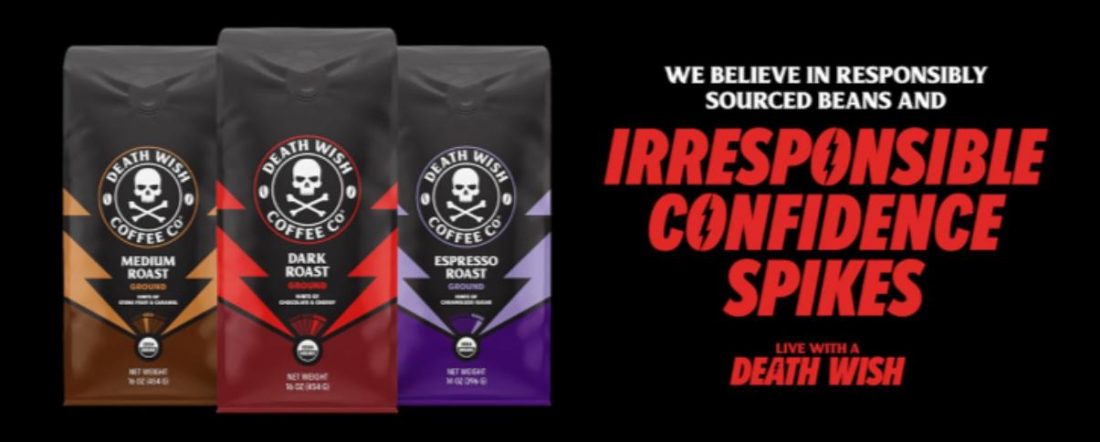
What sets Death Wish apart is the strong flavor. This USP greatly influences its copywriting style and sets it apart from its competitors. The brand thus reflects its intensity which resonates with the quality and intensity of their coffee.
This appeals to people who are seasoned coffee drinkers and are only searching for a super strong kick or the ones with high caffeine tolerance.
Final thoughts
Amazon Unique Selling Points are one of the many tools to provide you the advantage of standing out. Considering your USP as a cornerstone you can design a well-rounded strategy, reinforcing its weightage. This ensures a chance to thrive in the competitive Amazon marketplace.
Once you are aware of how to analyze your competitor’s USP you make a place for yourself in the market. We have shared success stories of how some of the successful Amazon brands have leveraged the best practices of USP creation. Follow and apply the tried and tested strategies to curate exceptional Unique Selling Points for Amazon and watch your brand conquer the crowd; after all, a USP is not just an edge but a long-term growth strategy.
Or here’s a shortcut.
With SellerApp’s Listing Optimization, you can ensure your organic discoverability by leveraging category-level information and elevating the product listing quality that converts. Schedule a call for free and get better clarity on what our services can do for your products.
Read More:
Amazon Product Research: Methods to Discover Winning Products
Best Selling Products on Amazon 2025: Find Your Next Favorite!
Amazon Product Insert Cards: Tips to Effectively Promote Your Brand
Tips To Create An Amazing Amazon Brand Story



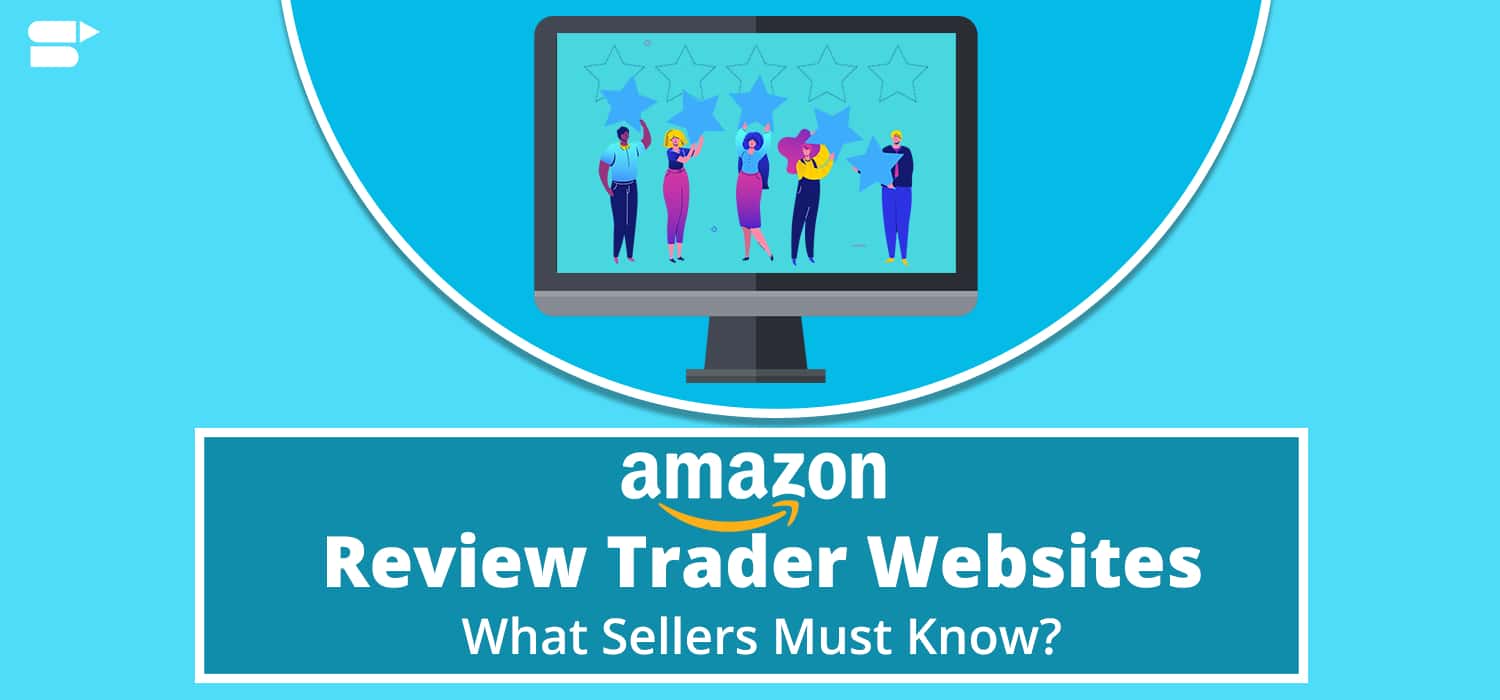
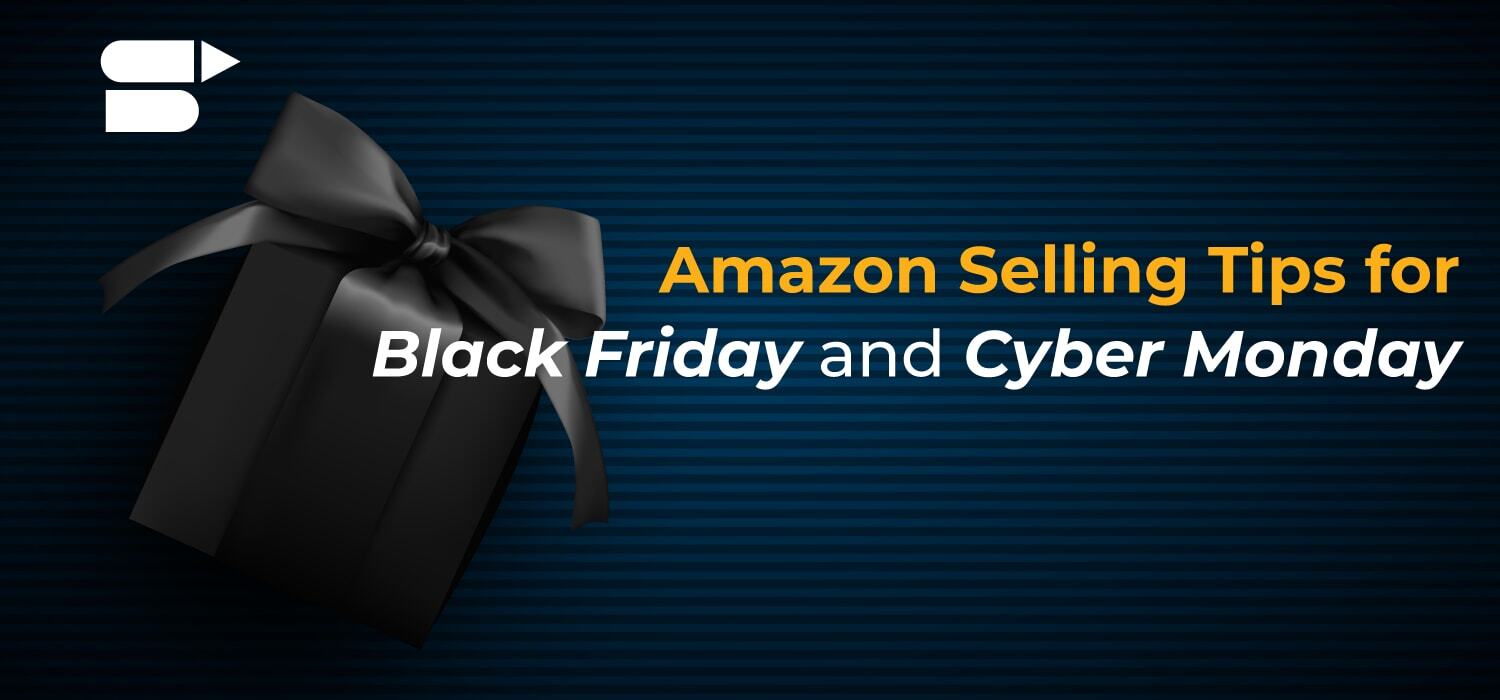



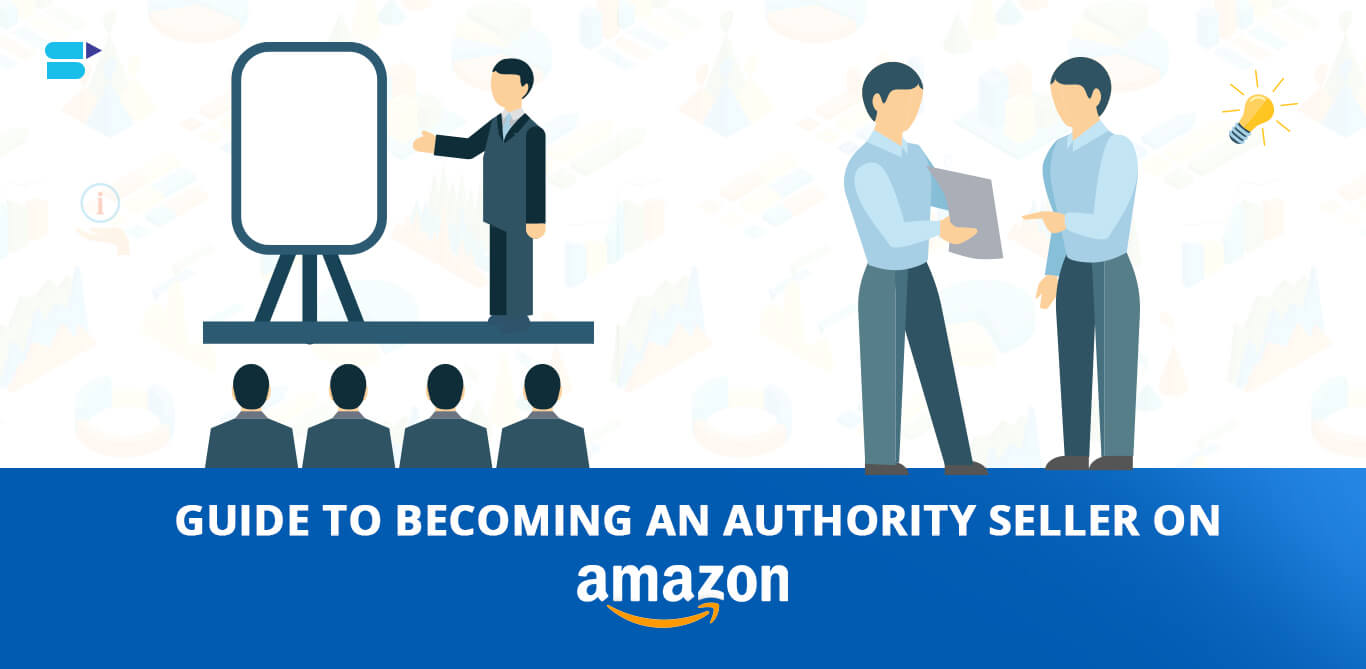
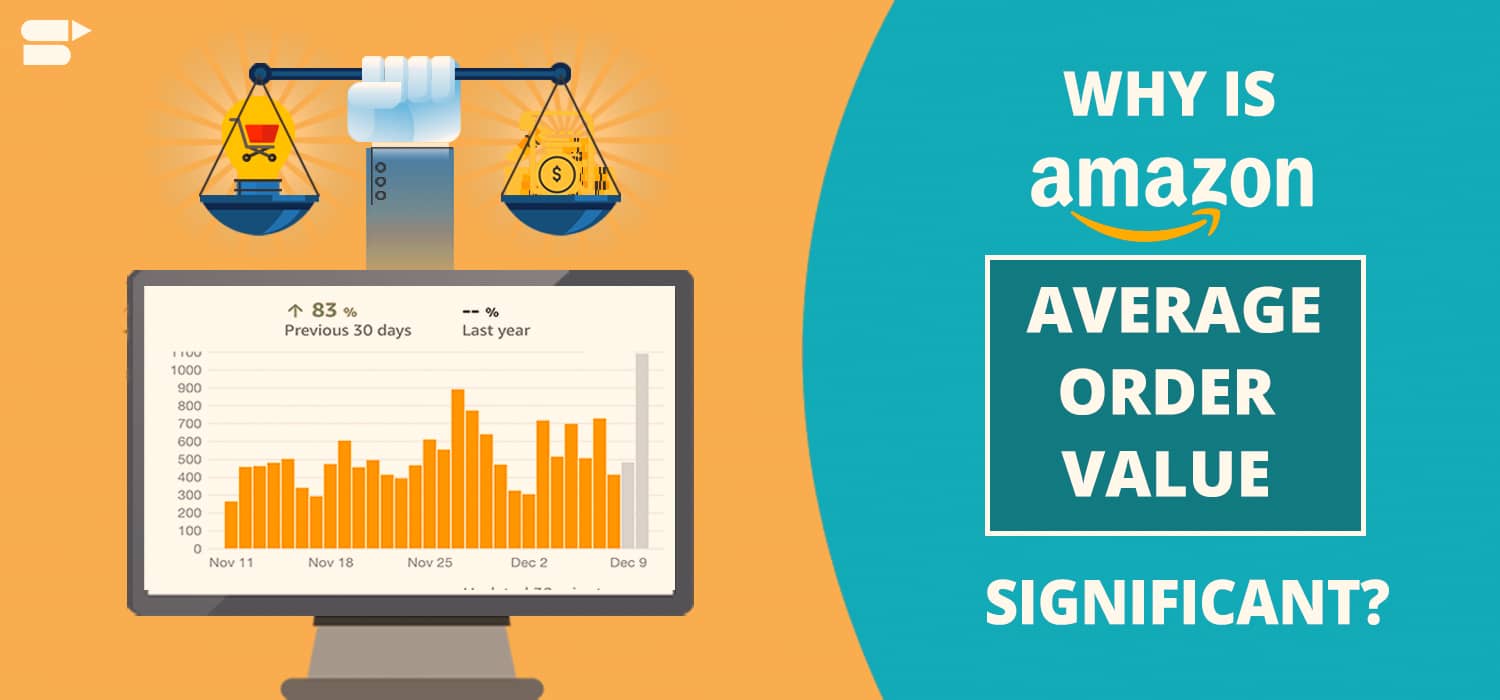
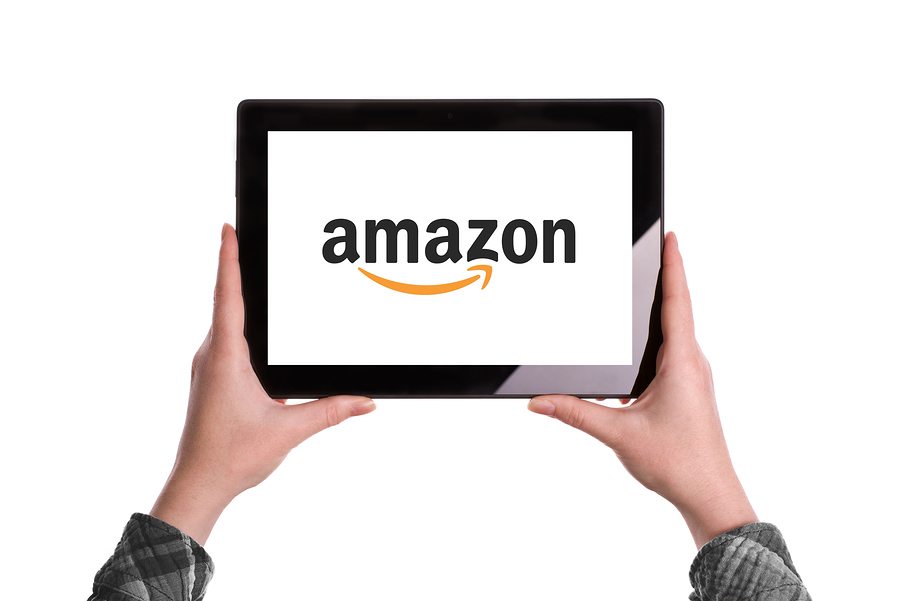
Kaylee Sine
February 15, 2025An excellent guide that highlights the importance of crafting compelling unique selling points for your Amazon products to drive visibility and increase conversions.
Clare Thomas
March 27, 2025Appreciate it! Strong USPs are key to driving conversions.
Patricia Gems
February 24, 2025This blog offers valuable, practical tips on how to effectively showcase your product’s unique selling points on Amazon, making it stand out in a crowded market.
Clare Thomas
March 27, 2025Thanks for your feedback! Highlighting unique selling points is key to standing out on Amazon.
Lucas Stephen
February 27, 2025Great blog! I love how you break down the importance of unique selling points and how they can truly make a product shine on Amazon. Very helpful tips for anyone looking to boost their product’s visibility and sales!
Clare Thomas
March 27, 2025Thanks! Glad the tips were helpful.